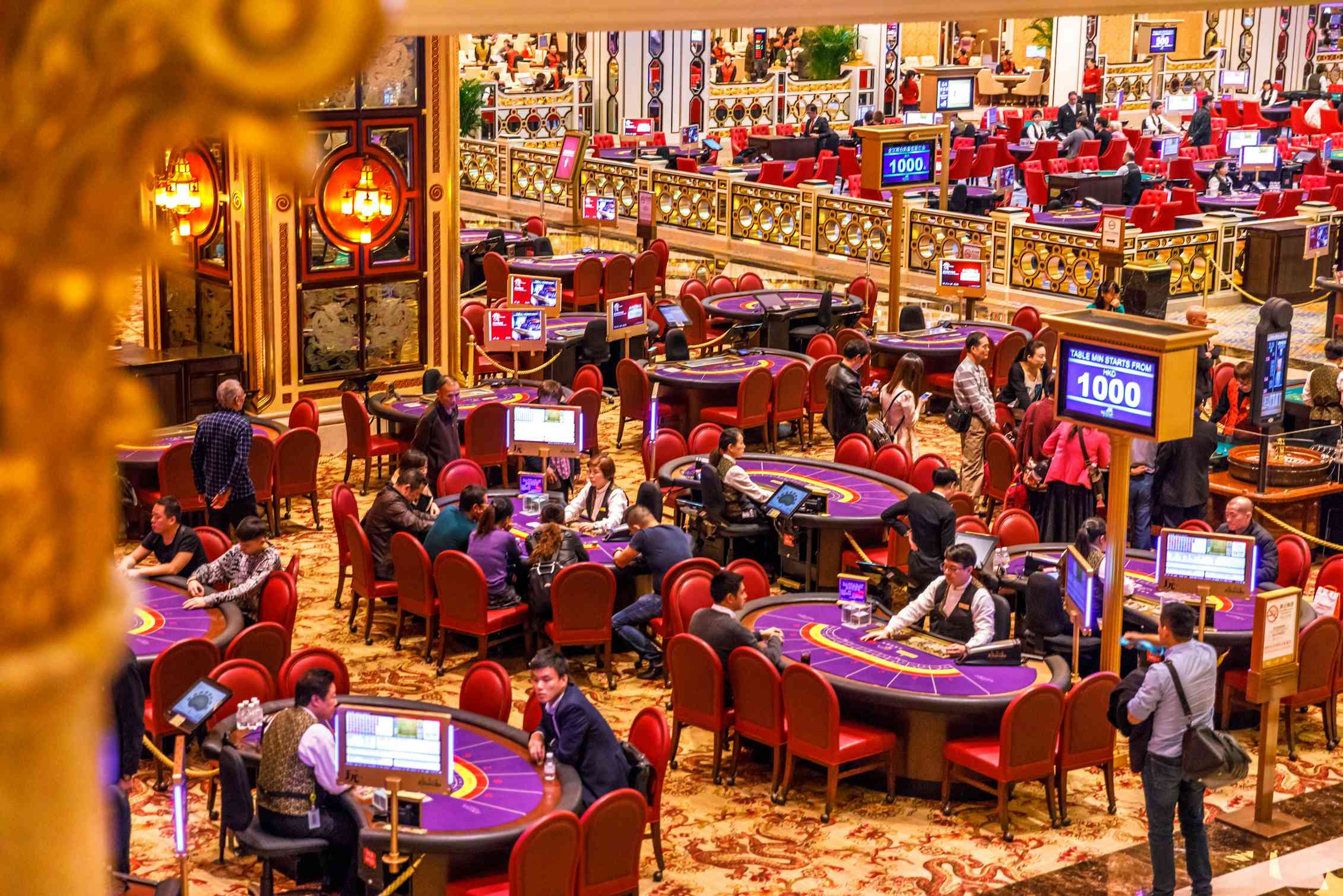
Gambling games have long captured the interest of people around the planet, becoming an essential part of both fun and tradition. From the shimmering lights of Las Vegas to the engaging experience of internet gambling, these activities evoke excitement, danger, and sometimes even a sense of sentimentality. They are not just simply pastimes; they have woven themselves into the texture of our lives, influencing various aspects from film and songs to fashion and books.
The allure of casino games surpasses the wagering aspect, tapping into larger themes of serendipity, chance, and human behavior. As players gather around a card table or rotate the roulette, they engage in an ancient ritual that echoes with our shared desire for adventure and instability. This captivation has led to the rise of countless references in cinema, tracks, and gaming, showcasing how strongly entrenched these pastimes are in mainstream culture. Whether it is the pressure of a traditional caper or the lively nightlife portrayed in videos, casino games have created a substantial place that reflects our bond with risk.
Historical Impact of Gambling Activities
Gambling games have played a crucial role in cultural aspects throughout the ages. Originating from ancient civilizations, games of chance were often linked to ceremonies or events. For example, early forms of these activities can be linked back to historic Chinese and the Roman Empire, where dice games and betting on outcomes were common pastimes. These activities not only served as entertainment but also as methods of connecting people, facilitating relationships among individuals within societies.
As societies evolved, so did the sophistication and structure of casino games. The creation of formal casinos in the 17th century, particularly in Italy, marked a major shift in how games were perceived and structured. With designated spaces for gambling, the casino became a community center where patrons from various backgrounds convened. This evolution contributed to the legitimization of gambling, transforming it from a mere pastime into an organized industry that influenced the economy and policy.
The impact of gambling games on mainstream culture cannot be overlooked. As they were popularized in books and film, games such as poker and 21 became icons of chance, luck, and tactics. Iconic figures and stories have emerged around these activities, reflecting societal views towards luck, wealth, and vice. This fascination with casino games has infiltrated various forms of media, solidifying their status in the collective consciousness and linking them to wider cultural narratives throughout the ages.
Depiction of Gambling Games in Entertainment
Casino activities have long been a popular topic in different types of entertainment, reflecting both the excitement and nuances of the world of gambling. Films such as Ocean’s Eleven and Casino Royale portray characters who navigate high-stakes environments, showcasing not only the attractiveness of the gambling environment but also the methods and judgments that come with playing popular games like Texas Hold’em and 21. These films often dramatize the exhilaration of winning and the potential results of losing, encapsulating the perils involved in gambling.
TV programs have also explored the realm of casino games, often integrating them into the storyline as a setting for story progression and drama. Series like Las Vegas depict the stories of casino workers and customers, highlighting the lively, often disorderly energy of the gaming floor. Reality shows featuring high-stakes betting contests further emphasize the attraction of gambling activities, drawing viewers into the tension and tactics involved in each round. mksport Through these depictions, media not only engages but also stimulates conversations about luck, expertise, and the essence of randomness.
Digital games have increasingly included gambling activities into their design, allowing players to experience the feeling of betting without financial risk. Titles within the realm of digital gaming often include virtual slots, online poker, and other casino favorites, creating an engaging environment that mirrors actual casino experiences. These virtual portrayals make gambling activities accessible to a global audience, appealing to both gamblers and those who enjoy the rush of simulation. As a consequence, the representation of casino games in media continues to shape public perception and cultural significance, highlighting their place in entertainment and the cultural landscape.
Impact of Gambling Activities on Society
Gambling activities have a meaningful effect on society, influencing various facets of societal norms and social behavior. They often function as a platform for social interaction, where people come together to enjoy a common experience. Game nights with friends or trips to casinos become group events that foster connections and create memories. This communal aspect enhances the fun value of casino games, making them a popular choice for festivities and recreational pursuits.
Moreover, casino games have been portrayed in countless movies, television shows, and written works, shaping views and opinions towards gaming and gaming. Icons like James Bond playing baccarat or the high-stakes poker scenes in films have cemented these games in the shared imagination. This depiction often glamorizes the lifestyle associated with gambling, drawing in new players and influencing trends in both style and behavior. These representations can spark curiosity and lead to a more profound investigation of the nuances of gaming.
However, there are also adverse consequences linked to the widespread appeal of casino games. https://mksport.bid/ The temptation of quick monetary gain can lead to problem gambling and financial troubles for some individuals. The community must grapple with these consequences, advocating for responsible gaming and education of the dangers involved. Balancing the fun aspect of gambling activities with the potential for harm is vital to ensure that they continue to be a positive aspect of our cultural landscape.